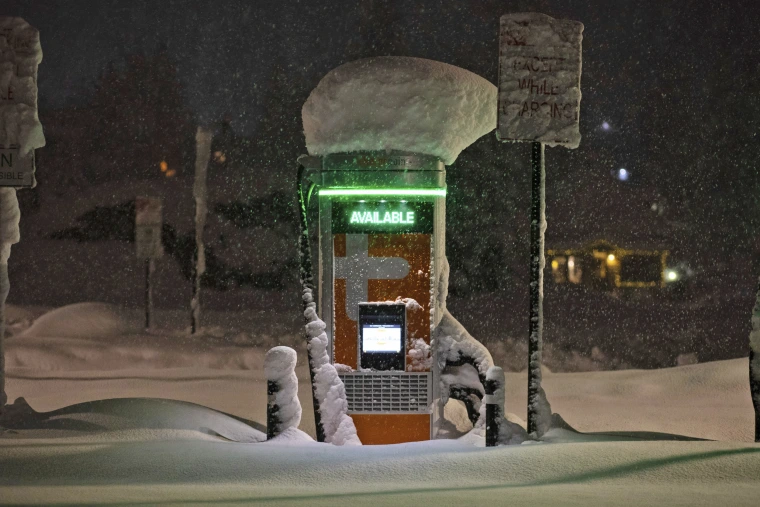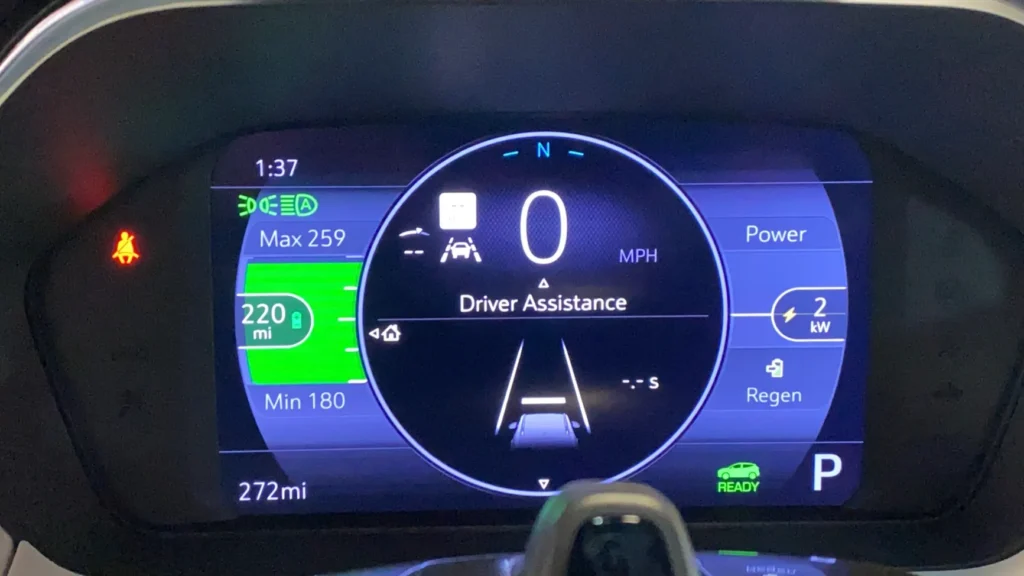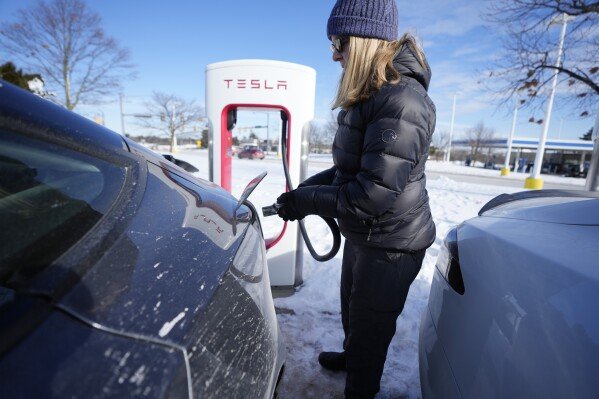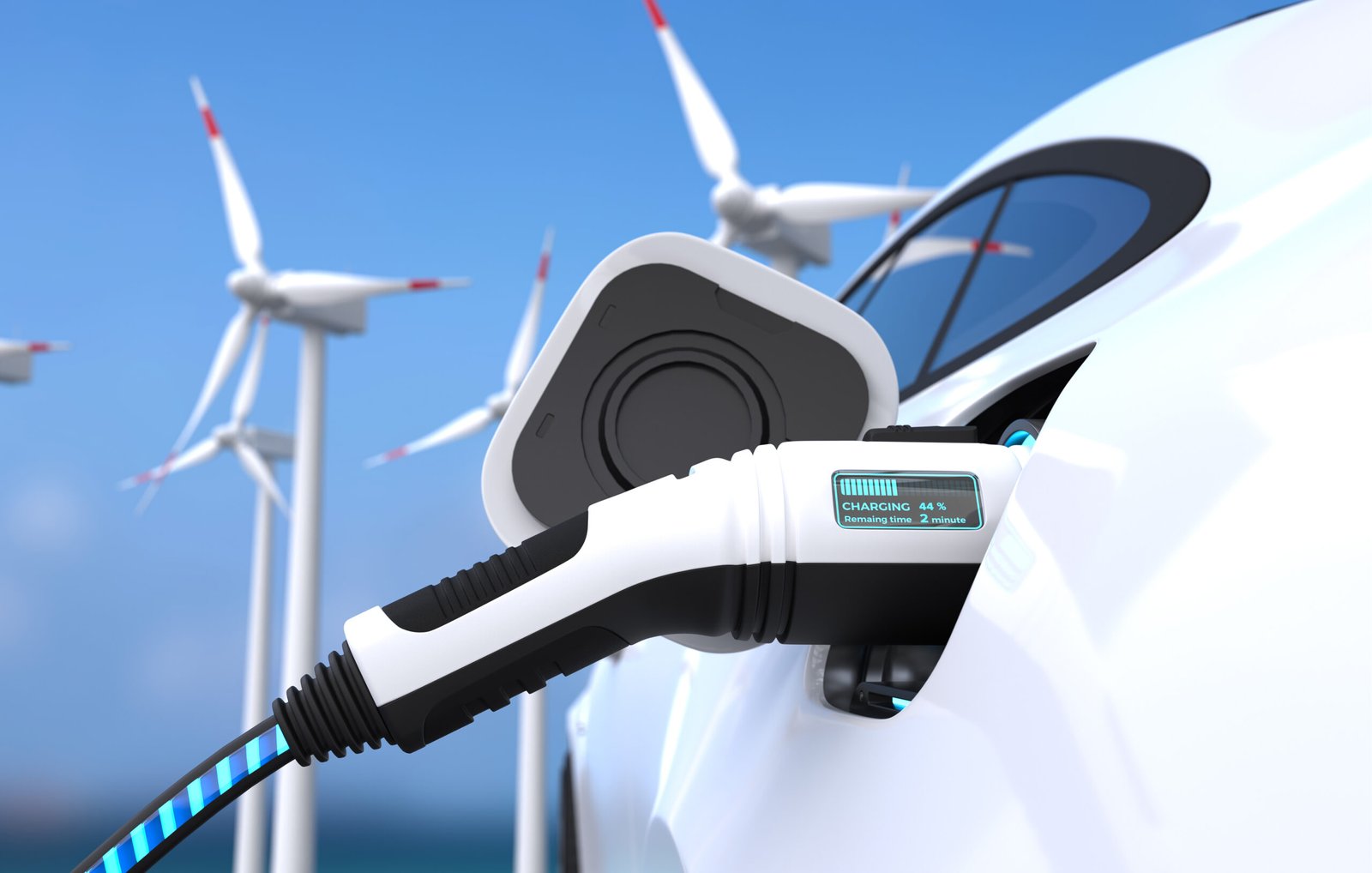From Newfoundland to BC, we mapped every major charging network to help you road-trip across Canada worry-free. As electric vehicles continue to gain popularity, understanding the infrastructure that supports them becomes increasingly important. This guide provides a comprehensive overview extensive EV charging network in Canada, breaking down what you need to know by province, charging speeds, costs, and special considerations for Canada‘s unique climate challenges.

Charging Networks by Province
British Columbia
British Columbia leads the country in EV adoption rates, and its charging infrastructure reflects this commitment. The province boasts impressive 97% coverage along major highways, making it one of the most EV-friendly regions in North America.
Key Networks:
- BC Hydro EV Network: The provincial utility company operates over 100 fast charging stations strategically placed throughout the province, with most capable of delivering 50 kW charging speeds.
- Tesla Supercharger Network: With more than 30 locations across BC, Tesla’s proprietary network ensures Tesla owners can travel confidently throughout the province.
- FLO: With hundreds of stations in urban centers and along major corridors, FLO provides reliable Level 2 charging for everyday use.
Popular Routes Covered:
- Vancouver to Whistler
- Vancouver to Kelowna (Okanagan Valley)
- Vancouver to Calgary (via Trans-Canada Highway)
Quebec
Quebec stands as a leader in EV infrastructure with the most extensive public charging network in Canada. The province’s strong commitment to electrification is evident in its impressive 3,500+ charging stations.
Key Networks:
- Circuit Électrique (Electric Circuit): Quebec’s flagship charging network offers more than 3,500 public charging stations, including hundreds of fast chargers. The network covers urban centers and highways throughout the province.
- FLO: With deep integration in Quebec’s charging ecosystem, FLO stations complement the Circuit Électrique network.
- Tesla Supercharger: Strategic placement along major highways ensures Tesla owners can travel throughout the province.
Notable Coverage Areas:
- Montreal metropolitan area
- Quebec City to Montreal corridor
- Eastern Townships
- Route toward Gaspé Peninsula
Ontario
As Canada’s most populous province, Ontario has seen significant growth in its charging infrastructure, with networks expanding rapidly to meet increasing demand.
Key Networks:
- Ivy Charging Network: A collaboration between Ontario Power Generation and Hydro One, Ivy aims to build Ontario’s largest fast-charging network with stations along all major highways.
- Electrify Canada: High-power charging stations offering up to 350 kW charging speeds at select locations, primarily near major urban centers and along 400-series highways.
- ChargePoint: Extensive network of Level 2 stations in urban areas, particularly the Greater Toronto Area.
- Flo: Widespread coverage across the province’s urban centers.
Key Routes:
- Toronto to Ottawa
- Toronto to Windsor (Highway 401)
- Toronto to Northern Ontario (Highway 400)
The Prairies (Alberta, Saskatchewan, Manitoba)
While less densely covered than eastern provinces, the Prairie provinces have made significant strides in creating EV corridors that connect major urban centers.
Key Networks:
- Petro-Canada’s “Electric Highway”: The standout network in the region, Petro-Canada has established fast charging stations approximately every 250 km along the Trans-Canada Highway, creating a vital cross-country corridor.
- Tesla Supercharger: Strategic locations connect major cities like Calgary, Edmonton, Saskatoon, Regina, and Winnipeg.
- FLO and ChargePoint: Growing presence in urban centers.
Notable Routes:
- Calgary to Edmonton
- Regina to Winnipeg
- Trans-Canada Highway corridor
Atlantic Canada (New Brunswick, Nova Scotia, PEI, Newfoundland & Labrador)
The Atlantic provinces have seen remarkable growth in charging infrastructure over the past two years, making EV travel increasingly viable across the region.
Key Networks:
- ChargePoint: Significant presence in urban centers and along major highways.
- FLO: Strong network with stations in strategic locations throughout all four provinces.
- NB Power and NS Power Networks: Provincial utilities have invested in creating charging corridors.
- Tesla Supercharger: Limited but growing presence, primarily connecting major urban centers.
Key Routes Covered:
- Halifax to Sydney (Cape Breton)
- Saint John to Moncton
- Trans-Canada Highway through New Brunswick
- Newfoundland’s Trans-Canada Highway corridor (St. John’s to Port aux Basques)

Charging Speed Guide
Understanding charging speeds is crucial for planning EV trips efficiently. Here’s what you need to know about the three main charging levels available across Canada:
Level 1 (1.4-1.9 kW)
- Equipment: Standard 120V household outlet
- Charging Rate: 8-10 km of range per hour
- Best For: Emergency charging or overnight charging for plug-in hybrids
- Typical Scenario: Adding 40-80 km of range overnight
- Availability: Any standard electrical outlet
Level 2 (7-19 kW)
- Equipment: 240V charging station (similar to dryer outlet)
- Charging Rate: 30-100 km of range per hour
- Best For: Overnight charging, workplace charging, destination charging (hotels, restaurants, shopping centers)
- Typical Scenario: Fully charging an EV overnight (6-10 hours)
- Common Locations: Homes, workplaces, public parking lots, shopping centers, hotels
DC Fast Charging (50-150 kW)
- Equipment: Specialized high-power equipment
- Charging Rate: 250-600 km of range per hour
- Best For: Highway travel, quick top-ups during longer trips
- Typical Scenario: Charging from 20% to 80% in 30-60 minutes
- Common Locations: Major highways, service centers, some urban locations
- Connector Types: CCS, CHAdeMO, Tesla Supercharger
Ultra-Fast Charging (150-350 kW)
- Equipment: State-of-the-art charging systems
- Charging Rate: Up to 1,500 km of range per hour (theoretical)
- Best For: Minimal stopping time on long trips
- Typical Scenario: Charging from 10% to 80% in 18-25 minutes for compatible vehicles
- Compatible Vehicles: Porsche Taycan, Hyundai Ioniq 5/6, Kia EV6, Tesla Model 3/Y (with adapter)
- Available Networks: Electrify Canada, some Tesla V3 Superchargers
- Locations: Limited but growing, primarily along major highway corridors
Cost Comparison
Charging costs vary significantly based on network, location, and whether you’re using a membership plan. Here’s a breakdown of major networks across Canada:
NetworkCost per kWhMembership OptionsAdditional FeesTesla Supercharger$0.38/kWhNoneIdle fees apply after charging completesElectrify Canada$0.43/kWh$4/month discount planNoneCircuit Électrique$0.17/min (50 kW)$13/month plan with reduced ratesNoneFlo$0.25-0.35/kWh (varies by region)$19.95/month for reduced ratesSome locations charge by time instead of kWhChargePointVaries by ownerOptional membership, no feeSome locations charge parking feesIvy Charging$0.30/kWhNoneNonePetro-Canada$0.33/min (50 kW)NoneNone

Cost-Saving Tips:
- Many hotels now offer free charging for guests
- Some shopping centers provide complimentary charging
- Check if your vehicle manufacturer offers charging credits (e.g., Volkswagen provides 2 years of free charging with Electrify Canada)
- Provincial incentives may include charging credits in some regions
Winter Charging Tips
Canada’s cold climate presents unique challenges for EV owners. Here’s how to navigate winter charging effectively:
Pre-Conditioning
- Battery must be above 0°C for optimal fast charging performance
- Use your vehicle’s pre-conditioning feature while plugged in before departure
- Schedule departure times in your vehicle’s app to automatically warm the battery
- Allow 30-45 minutes of pre-conditioning in extreme cold
Route Planning
- Expect 20-30% less range in temperatures below -10°C
- Plan for more frequent charging stops during winter travel
- Use apps like PlugShare, A Better Route Planner (ABRP), or your vehicle’s native navigation system to locate stations
- Always have a backup charging location identified in case primary stations are unavailable
Real-Time Information
- Use apps like PlugShare to check real-time station status
- Read recent check-ins to verify station functionality
- Call ahead to destination chargers to confirm availability during busy travel periods
Winter Charging Etiquette
- Remove snow from charging spot before parking
- Handle charging cables carefully as they become less flexible in extreme cold
- Return cables to holders to prevent snow and ice accumulation
- Don’t exceed your needed charge time during busy periods
Planning Your Cross-Canada EV Road Trip
With proper planning, cross-country EV travel is entirely feasible. Here’s a sample itinerary for traveling from Vancouver to Halifax:
Vancouver to Calgary (1,000 km)
- Key Charging Stops: Hope, Kamloops, Revelstoke, Golden, Banff
- Networks Used: BC Hydro, Petro-Canada, Tesla Supercharger
- Typical Fast-Charging Stops: 4-5
Calgary to Winnipeg (1,300 km)
- Key Charging Stops: Medicine Hat, Swift Current, Regina, Brandon
- Networks Used: Petro-Canada, Tesla Supercharger
- Typical Fast-Charging Stops: 5-6
Winnipeg to Toronto (2,000 km)
- Key Charging Stops: Kenora, Thunder Bay, Sault Ste. Marie, Sudbury, Barrie
- Networks Used: Petro-Canada, Ivy Charging, Tesla Supercharger
- Typical Fast-Charging Stops: 8-10
Toronto to Halifax (1,700 km)
- Key Charging Stops: Kingston, Montreal, Quebec City, Edmundston, Moncton
- Networks Used: Ivy Charging, Circuit Électrique, FLO, various local networks
- Typical Fast-Charging Stops: 7-8
Future Developments
Canada’s charging infrastructure continues to expand rapidly. Key developments to watch:
- Federal Investment: The federal government has committed $680 million to build 84,500 new chargers by 2029
- Provincial Initiatives: Quebec plans to add 2,500 more fast chargers by 2026
- Utility Companies: BC Hydro, Hydro Quebec, and other utilities are expanding their networks annually
- Private Investment: Major networks like Electrify Canada plan to double their presence by 2026
Conclusion
Canada’s charging network is expanding rapidly, with Quebec and BC leading the way in infrastructure development. While coverage varies by region, major highway corridors now have sufficient infrastructure to support long-distance EV travel. Urban areas enjoy excellent coverage, while rural regions continue to see steady improvement.
For stress-free travel, especially during winter months, plan routes using dedicated EV planning tools like A Better Route Planner (ABRP). These tools account for weather conditions, elevation changes, and real-time charger availability to create reliable itineraries.
As infrastructure continues to expand and new ultra-fast charging technologies become more widespread, EV travel across Canada will only become more convenient. The days of “range anxiety” are increasingly becoming a thing of the past, replaced by confident, well-supported electric mobility from coast to coast.




